Notes
Stacy Kranitz: The Rape of Appalachia
This is the third in a series of posts by Stacy Kranitz for BagNews Originals. You can see the rest of the series here.
I’ve been thinking a lot about the War on Poverty. This year marks the 50th anniversary of Lyndon B Johnson’s January 1964 State of the Union address. It declared a radical policy initiative that he believed would put an end to poverty in America. My research into the origins of this initiative led me to Harry Caudill, a small town lawyer from the eastern Kentucky town of Whitesburg.
In 1962 Caudill published an essay in the Atlantic titled, The Rape of Appalachia. This article was expanded into a full-length book, Night Comes to Cumberlands. He was the first person to publicly question the coal operators who came to extract valuable natural resources in Appalachia using processes that obliterated the terrain through mountain top removal. The Coal operators did not give any of the wealth they made through this devastating process back to the region. As the story goes, John F Kennedy read Caudill’s book and quickly moved to set up the President’s Appalachian Regional Commission in order to take a closer look at what was happening in Appalachia. After Kennedy’s death and Johnson’s announcement, millions of government dollars were doled out to initiatives that would solve these problems and turn America into the “Great Society” it was meant to be.
Just 10 years after the War on Poverty was declared, Caudill saw that nothing was changing for the Appalachian people. After becoming the first person to successfully call attention to the dark reality of what was happening in Appalachia, Caudill’s thinking changed. He concluded that Appalachia could not be fixed because its people were broken. He came to believe that Appalachia’s gene pool had been watered down by inbreeding among what he called “dullards” who lived on welfare in remote mountain hollers (1). He concluded that poverty is “genetic in origin”(2) and invited the eugenicist William Shockley to his home in Kentucky Together they proposed to study poor eastern Kentuckians as part of a research project on inherited intelligence.Cash bonuses would be offered to participants in exchange for sterilization (3). The man, who proclaimed that Appalachia had been raped, now wanted to rape certain Appalachian people of their ability to procreate.
The Dullards
I find Caudill’s complicated legacy a reminder that there is a lot more to the evolution of a people than the victimhood that has been placed upon them. Heroes can be villains and villains can provide valuable insight into how to reimagine what we think we know about our own history. I learned about Caudill’s dark turn while I was traveling in the region. I abruptly found myself assessing everyone I met, trying to determine whether or not Caudill would consider them “dullards.” In late July 2013, I was invited to drink beer on a Friday night with a group of people in West Columbia, West Virginia.
Pat owned a trailer on a street called Tin Can Hollow. His family, the Greens had lived in this holler (4) for many generations. Within the first hour of knowing him, I watched as he got into three drunken fistfights. I saw him pick up and throw several chairs and then punch a friend in the face. At the top of Pat’s back, near his neck was a tattoo that read “honkey.” I was pretty convinced I was spending my evening with Caudill’s “dullards”. But what exactly did that mean?
Over the next six weeks I returned regularly, befriending the extended group of people that spent time at Pat’s house. I knew that Pat had his own set of values that were different from prevailing societal norms. He lived in a trailer and was occasionally put in jail for petty non-violent crimes. Pat worked long hours at a lumber mill a few miles down the road. On Friday afternoons he would buy several 30 packs of beer, chicken for the barbecue and many cartons of cigarettes. He invited everyone to his home to celebrate the end of a long workweek, every week. Pat made sure that all guests were taken care of. Beer, grilled chicken and cigarettes were offered in unlimited supply. Family and friends stopped by to share stories, complain about hardships and seek advice for problems. Sometimes there were drunken fights.
People we meet in life can seem at first to represent a stereotype. In fact I did photograph a young man giving his baby Mountain Dew at Pat’s house. But did that make him a bad dad? Aren’t there more important factors to consider like physical abuse or abandonment?
I utilize photography to address how images fail at representing culture. This can confuse the viewer who might come across this image of the baby drinking the bright green liquid and see it as a confirmation of a known stereotype. For me, this photograph is valuable because it shows us how little we actually know when viewing this image, any image. How the circumstances of a people cannot be defined through an individual still photograph.
I think it valuable for us to question how we arrive at the meaning of poverty. Originally the care of the poor was relegated to the church, which regarded the poor to be of the highest moral status. But since the 14th century, “poverty” as a label has been used to ostracize certain people in society (5). Social Darwinist thinkers in the late 18th century and early 19th century influenced attitudes towards poverty during the emergence of capitalism (6). Anyone who did not abide by the prevailing pattern of consumption was ostracized. It was during this time that Christian Missionaries first spoke of the Appalachian region as ignorant and impoverished. This was solidified during the economic transition that took place with the colonialist coal industries entry into the region at the end of the 19th century. The Appalachian people were denigrated so that they could be exploited because they owned valuable land with natural resources.
The coal operators, who came from elsewhere to buy the land, blew up the mountains. In the 1970’s, the people rose up and forced the government to institute reclamation projects that returned the mountains to a shabby version of their former selves. This often resulted in elaborate ATV trails because it was the cheapest and most popular reclamation option. Each weekend, local residents can be found drinking and have a good time while riding around on these trails with All Terrain Vehicles (ATV’s) also known as 4-wheeler’s.
It turned out that just behind Pat’s trailer was an old reclaimed strip mine that had been turned into ATV trails for recreational use. I went there with Dozer, one of Pat’s friends, who owned a 4-wheeler. It was late in the afternoon and I wrapped my hands tight around Dozer’s sweaty shirtless body because I was pretty terrified. I had on a short dress that rode high up my thighs when I mounted the machine. I think you are supposed to wear jeans when you ride these things. My camera was strapped around my neck, resting against my back. Dozer had had 20 beers that day and I remember that it was muggy and hot out, he was super sweaty, and my hands were kind of slipping along his body. We made our way to the strip mine trails and as we did, we passed Butch’s grave. This was Dozer’s best friend who died while riding a 4-wheeler.
ATV accidents are a common and unfortunate byproduct of this hobby. On the tombstone, there were pictures of Butch partying and having a good time. We went up the mountain without a problem; it was the end of summer and the trails were overgrown. We stopped along the way and enjoyed beer with others who were out recreating. Four men showed off a massive pit of mud they found. I watched as they trekked back and forth in it, finding great pleasure in turning their ATV’s into boats. We continued up the mountain and at the very top we caught an incredible view of the Ohio River snaking across the land separating Ohio from West Virginia. The sun was setting and flashing red lights from an ambulance and several cop cars were lighting up the sky on the Ohio side of the river. I later found out that a dead body had been found and recovered from the spot where the lights originated.
On our way down the daylight faded and we navigated the terrain of the trail from our ATV’s headlights. Less than 300 feet into our journey home, we rolled and tumbled. Dozer had collected several people along the way so by the end of the ride, there were 4 of us on the ATV. I was still behind Dozer with my arms wrapped around his stomach. He had downed 4 more beers since we left Pat’s house, so that’s 24 beers. We’re on the 4-wheeler in the dark and we are coming down this hill. The 4 of us caught the ATV off balance and it flipped. The two smarter passengers bailed during the flip but I was still hanging on to Dozer with the camera wrapped around my neck as I fell to the ground. 210 pound Dozer fell on me and then the 750 pound 4-wheeler fell on Dozer, but Dozer kicked it up with his leg and then the two boys that bailed pushed it back over. So we were saved and mostly unharmed. When we got back to Pat’s house, I was given a crushed up Loratab to snort for the pain. No one I met on the trails that day mentioned the “rape of Appalachia” nor did anyone mentioned that they missed the mountain.
Text and photographs by Stacy Kranitz
____________
Footnotes:
1. Bill Estep and John Cheves. “Chapter 1: Meet the Man Who Focused the World on Eastern Kentucky’s Woes.” Lexington Herald-Leader (Lexington)16 Dec. 2012
2. Harry Caudill, . Letter to William Shockley. 26 August. 1974. MS. Anne and Harry M. Caudill Collection, 1854-1996, Special Collections, University of Kentucky Libraries, Lexington, Kentucky.
3. Harry Caudill, “Whitesburg Position Statement.” Proc. of The Whitesburg Conference, Whitesburg, Kentucky. 24 September. 1974. MS. Anne and Harry M. Caudill Collection, 1854-1996, Special Collections, University of Kentucky Libraries, Lexington, Kentucky.
4. In the south-east mountains of the United States this word is often used instead of hollow; A small rising valley region between two hills or mountains; often containing a creek.
5. I. Waxman Chaim, The Stigma of Poverty: A Critique of Poverty Theories and Policies. (New York: Pergamon) 1977
6. Great Britain. Poor Law Commissioners. Poor Law Amendment Act, 1841. (London) 1841
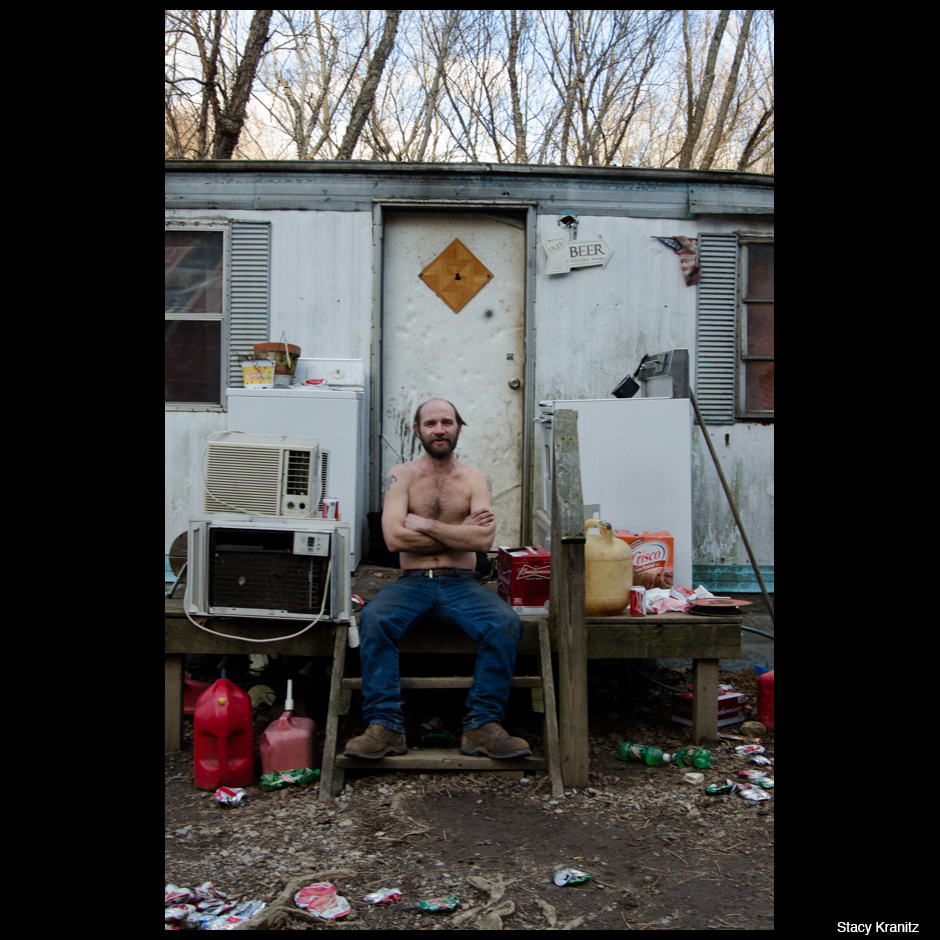
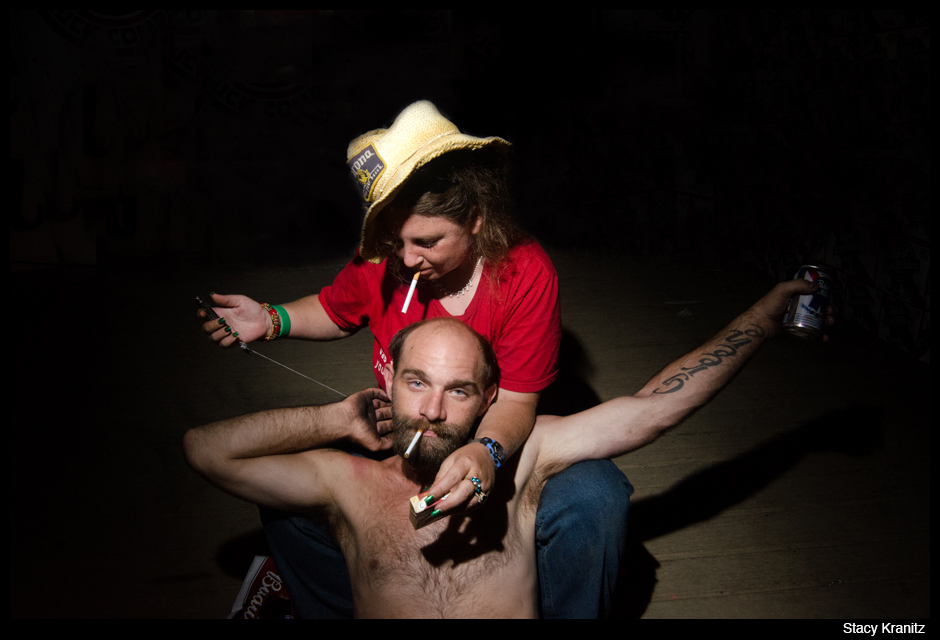
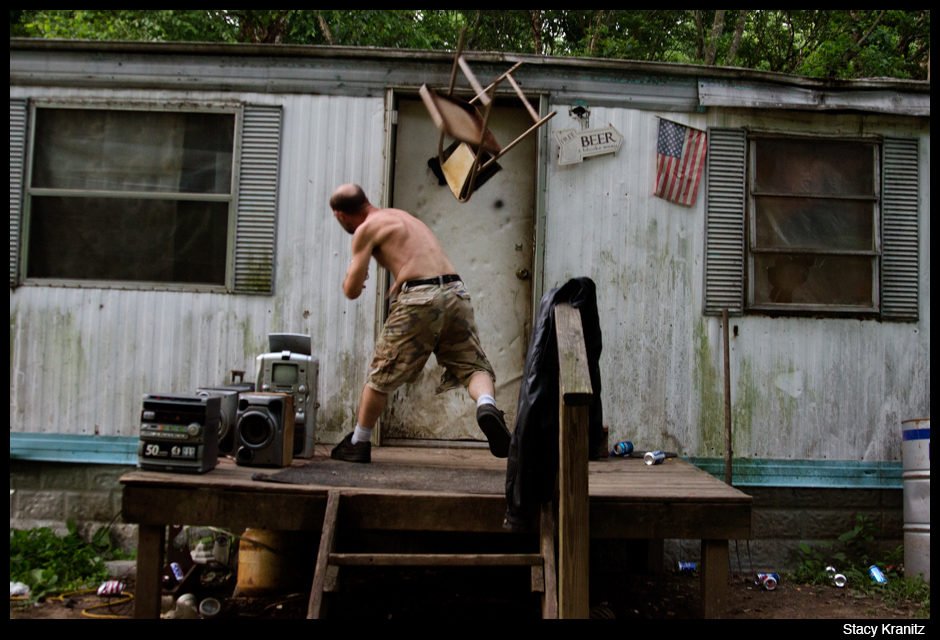
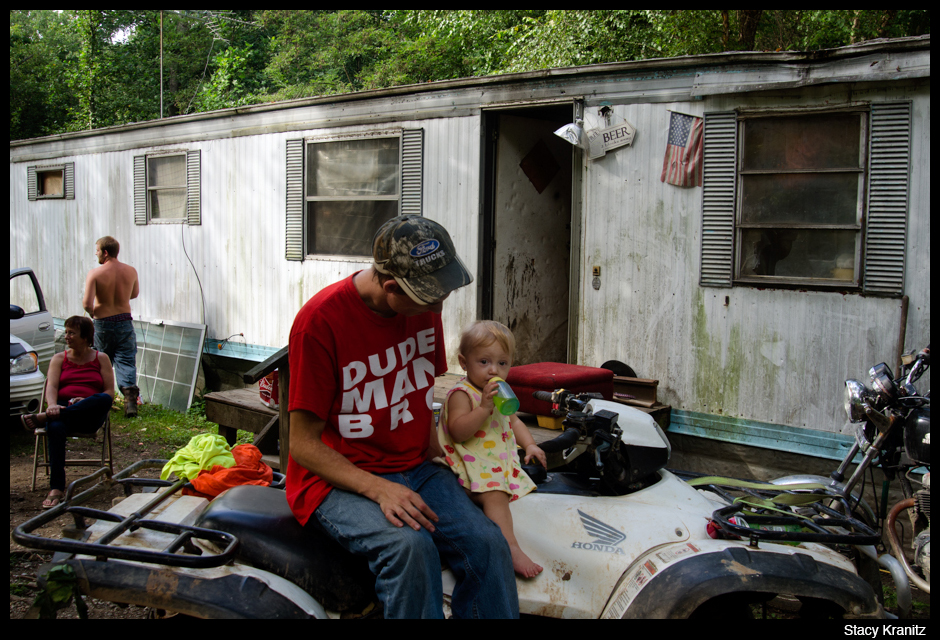
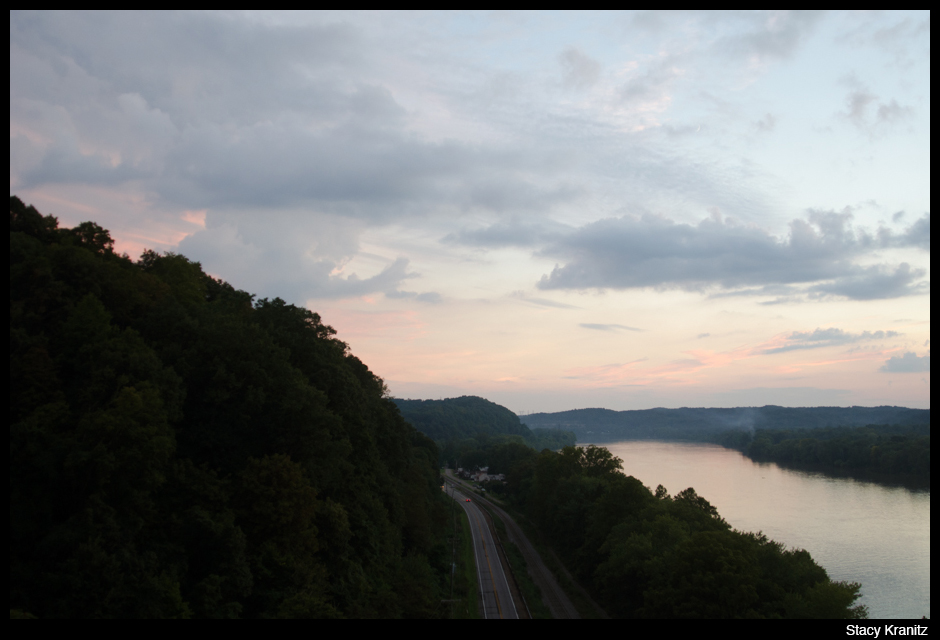
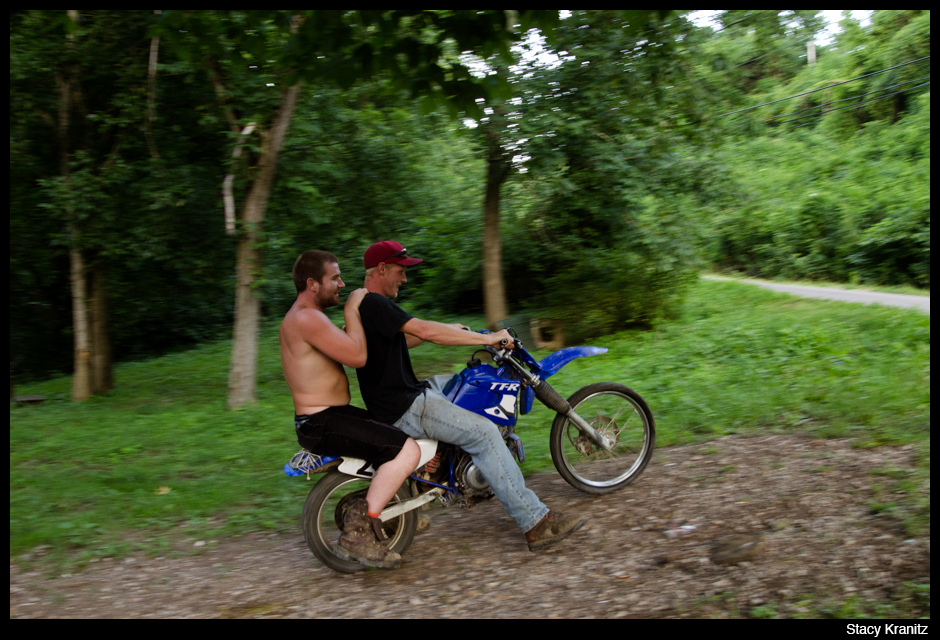
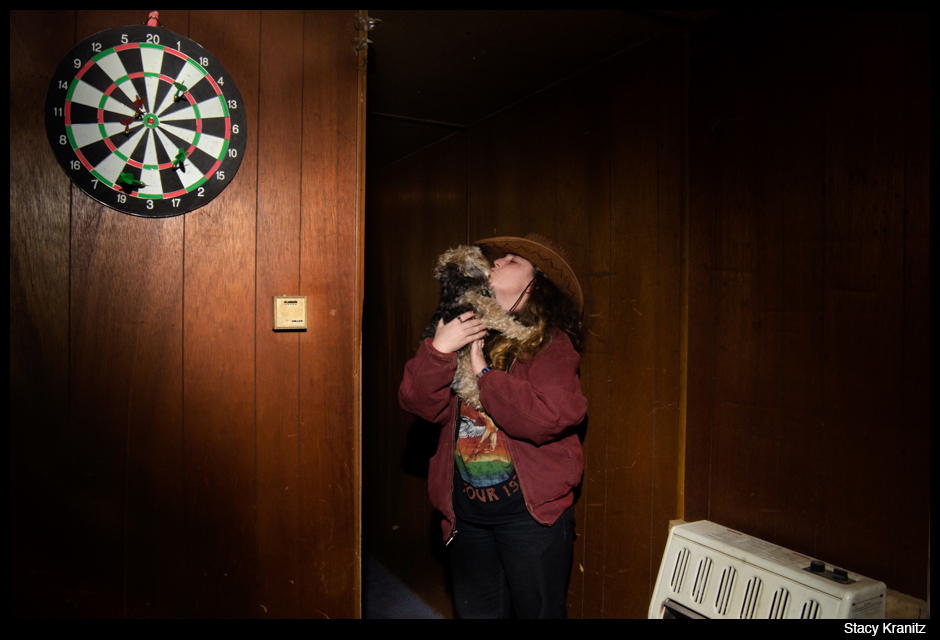
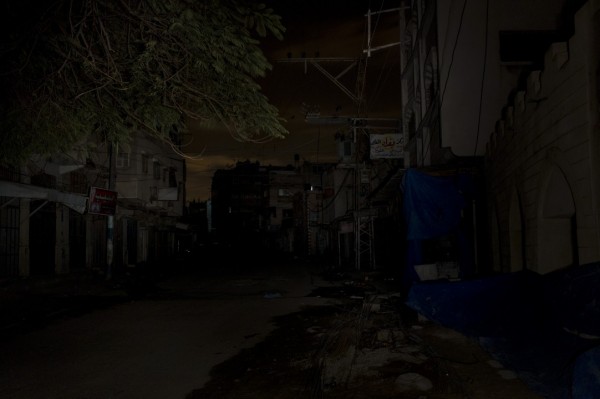

Reactions
Comments Powered by Disqus